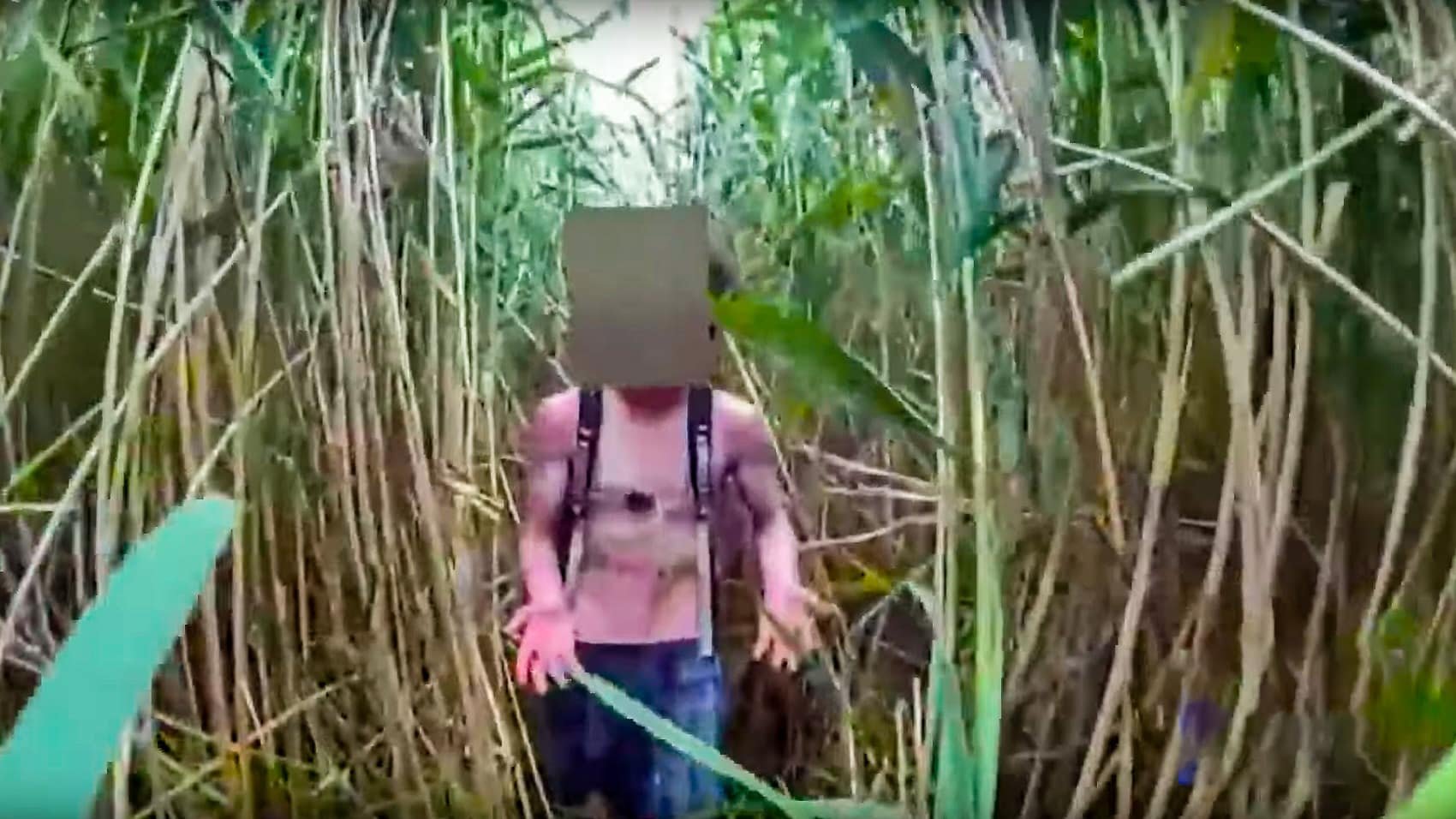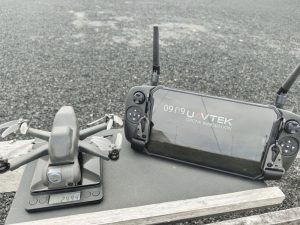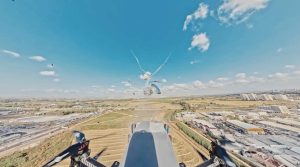Drones to the Rescue: How a DJI Mavic 3 Saved a Teen in a Swamp
In today’s technologically advanced era, it’s easy to get swept away by the idea that drones are just for stunning aerial imagery or thrilling races. However, they often prove invaluable in real-world situations, such as this dramatic rescue that seems lifted from a survival movie. This narrative highlights how drones, notably the DJI Mavic 3, have become lifesaving allies and critical components of contemporary search and rescue (SAR) missions.
The Night the Swamp Fought Back—But the Drone Won
This summer in Somerset, Massachusetts, a teenager found himself stranded in a swamp—a vast network of mud, reeds, and water. This environment can drain your energy, chill your bones, and challenge your mental resilience. After seven harrowing hours battling fatigue and fear, the teen faced a desperate situation as darkness fell.
Traditional search efforts labored through the untenable terrain with no success. This wasn’t the cinematic glamour of Hollywood but the harsh reality of New England, where time was slipping away.
Then technology ascended to the forefront, providing a crucial intervention.
How Did the DJI Mavic 3 Pull Off This Rescue?
The Somerset Police launched their DJI Mavic 3, a drone already esteemed for its robustness in responder operations due to its long flight duration, high-definition camera, and versatility. Equipped with a mounted loudspeaker, this drone continually broadcasted a pre-recorded message over the wetlands. This innovative use of technology provided auditory guidance, akin to a “Marco Polo” call, to help the disoriented teen navigate towards safety.
Consider the relief a stranded individual might feel when a comforting robotic voice calls their name, offering not just guidance but hope from above.
This operation’s success hinged on several key factors:
- Rapid Deployment: The Mavic 3 can be swiftly deployed, essential in situations where every moment counts.
- Speaker System: The ability to project messages across large areas offers crucial support in areas where sound often dissipates too quickly to be effective.
- High-Resolution Imaging: The drone’s camera efficiently scanned the swamp even as daylight waned, increasing the likelihood of identifying movement or human presence.
- Safety for Rescuers: By utilizing the drone for initial exploration, response teams avoided unnecessary risks in the hazardous terrain.
Ultimately, the combined efforts led to the drone enabling the weary teen to orient himself and direct rescuers to his location, concluding with a successful, high-tech, and heartfelt rescue.
Why This Rescue Matters: The Human, the Machine, and the Message
More Than Just Gadgets—Drones as “Heroes”
For many, stories such as this stir the imagination, not unlike the dreams of flying machines in our youth. A UAV pilot and advocate of #DronesForGood succinctly captured the essence: “That teen could’ve been left to endure the night, exposed to perilous conditions, but the drone transformed a potential tragedy into a celebration of life.”
This narrative reinforces several essential points:
- Drones are not mere playthings or tools for capturing impressive footage—they are vital components of today’s emergency response strategies.
- The effectiveness of drones in rescue missions relies heavily on the expertise of skilled operators.
- Ensuring funding, comprehensive training, and official deployment is crucial: “Every law enforcement, firefighting station, and park management office should have a drone and trained personnel on standby.”
Let’s Talk Tech: What Makes the Mavic 3 So Good for Search and Rescue?
The DJI Mavic 3 and its enterprise versions are redefining rescue work with features such as:
- Compact and Portable: Easily transported into challenging areas and operational within seconds.
- Long Flight Time: Capable of up to 45 minutes of flight per charge, vital for extensive search operations.
- Multiple Cameras: Including standard, telephoto, and thermal imaging to detect people concealed under foliage or in the dark.
- High-Volume Loudspeaker: Effective for relaying messages across expansive, noisy areas, especially when assisting lost individuals who might be disoriented or hurt.
- Robustness: Designed to withstand adverse conditions such as wind and rain, making the Mavic 3 highly suitable for field operations.
Real-World Impact: Other Recent “Drone to the Rescue” Stories
The Somerset case isn’t a solitary example:
- In Florida, a drone equipped with a thermal camera expedited the search for a five-year-old girl with autism lost in a swamp, significantly reducing her distress.
- In conflict zones like Ukraine, drones have been invaluable in locating and communicating with wounded soldiers, facilitating rescue amidst hostilities.
- Across various regions, drones regularly assist in locating missing hikers, flood victims, and even pets during storms.
How Can You or Your Community Harness the Power of Drones for Search & Rescue?
Whether you are a member of public safety, a drone enthusiast, or a proactive individual, here’s how to mobilize drones for good:
1. Choose the Right Drone
- For Search & Rescue: Opt for drones with extended battery life, advanced cameras (both visual and thermal), and supplementary attachments such as speakers or lighting.
- Recommended choices: DJI Mavic 3T/Enterprise, Skydio X2, Parrot Anafi USA.
2. Get Certified & Trained
- Understand local regulations! In the US, operations may require a Part 107 Certificate for public or commercial endeavors.
- Training is crucial—not just piloting techniques but also mastering search strategies, map interpretation, and effective use of drone equipment.
3. Establish Protocols
- Prepare for actions with predefined search patterns and workflows, such as spiral or grid searches, to ensure maximum coverage.
- Create checklists for battery conservation, weather assessment, and operational safety.
4. Integrate with First Responders
- Collaborate with local police, fire departments, or park services to offer air support.
- Promote drone adoption and secure funding within your community—individual initiatives often spark widespread movements.
5. Keep the Human Touch
- Technological advancements continue at a rapid pace, but empathy, communication, and teamwork remain essential to any successful mission.
Tips from the Field: What Seasoned Search & Rescue Pilots Know
- “Eyes in the Sky Don’t Tire Out”: Drones are tireless, maintaining vigilance day and night, under conditions humans may struggle to endure.
- Thermal Is King at Night: With thermal cameras, individuals and animals appear strikingly visible against the night landscape.
- Speakers Save Lives: Often, a reassuring voice (even recorded) can transform panic into optimism.
- Always Bring Spare Batteries!
The Human Side: Meet the Heroes Behind the Controllers
Behind each technical success is a team of committed operators—sometimes volunteers, sometimes professionals, but always passionate about their mission. The Somerset Police Department drone operators exemplify this commitment, turning challenge into comfort for one worried family.
In our organization, we’ve observed drones reuniting lost pets with owners, detecting wildfire risks before catastrophe hits, and guiding people to safety from life-threatening situations. Our drive stems from these genuine victories—not just through commercial success, but tangible impacts.
We stand by the belief that every locale benefits from a drone on-demand and capable personnel. For guidance on starting this journey, connect with us—together, we’ll build a future brimming with safety and hope.
The Bottom Line: Drones, Humanity, and Hope
The tale of the Mavic 3 over the Massachusetts wetland isn’t just about a drone’s capability—it’s a testament to hope, creativity, and the incessant urge to assist others. As regulations adapt and technology propels forward, new opportunities will arise not only for capturing stunning vistas but also for profoundly altering lives on the ground.
Therefore, when next you see a drone soar overhead, bear in mind: it could be the very reason someone returns home safely tonight.
To all the engineers, pilots, and unsung champions behind these aerial wonders—keep propellers turning.













